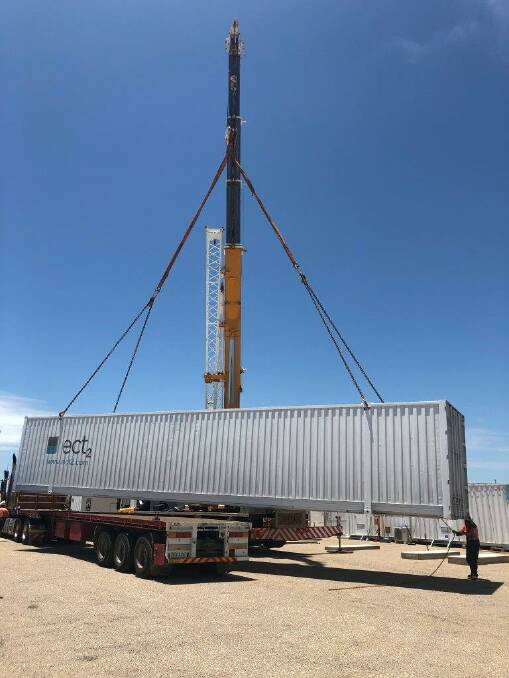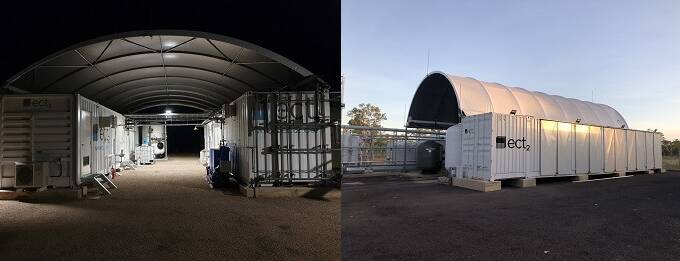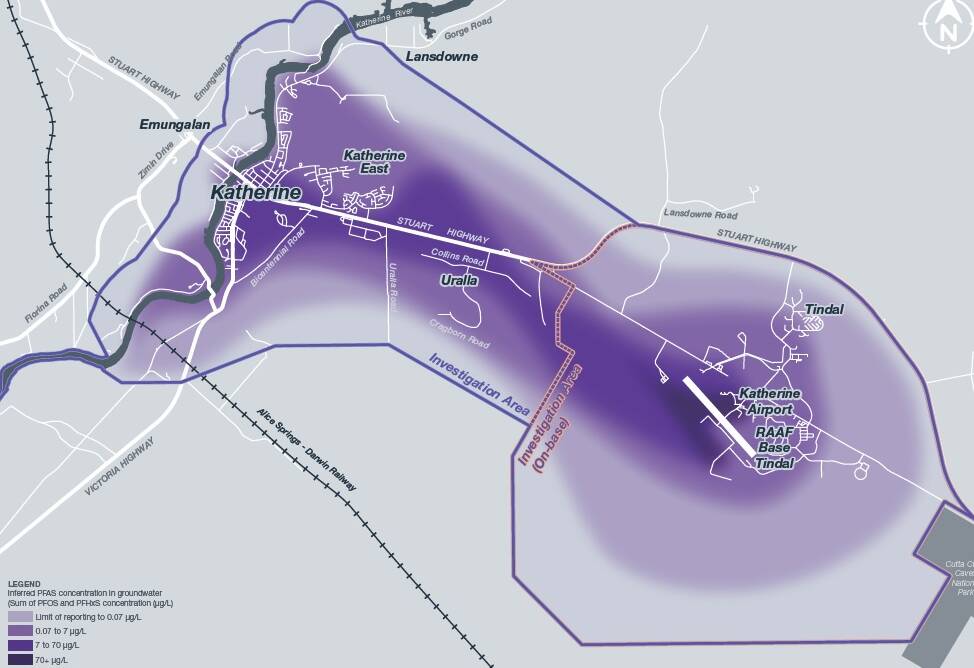
The true extent of the PFAS contamination of the Tindal RAAF Base has been revealed for the first time.
Subscribe now for unlimited access.
$0/
(min cost $0)
or signup to continue reading
Water sampling results taken as part of the clean-up of the base hot-spots show areas of the base are highly contaminated.
One startling result from groundwater at the base fire station from earlier in the year was 22.94 micrograms per litre.
To put this into context, the recommended safe drinking standards adopted across Australia is 0.07 micrograms per litre.
Katherine's water treatment plant's twin bores which are being cleaned of PFAS regularly record 0.2 micrograms per litre.

The Katherine public swimming pool was closed back in October 2017 when it was found to be 0.84, and the recommended safe level for recreational use is 0.7.
The most recent published results for the pool, after it was cleaned and updated at big expense, are almost a year old but numbers bounce between 0.05 and 0.1, so you wouldn't drink it but you can swim in it.
The Defence Department now has two treatment plants operating 24/7 at Tindal trying to clean up these hot spots, something department officials agree may take many years to do.
The plants are operating at the base fire station, and the base fire training area.
It was in these spots RAAF firefighters trained with the PFAS-laden fire fighting foams from 1988 to 2004.
The chemicals have leached into the soil, and into the aquifer beneath.
Defence is still working out what to do with the contaminated soil, but is working to stop the PFAS leaking off the base and under Katherine to empty into the river, which it is still doing.
As part of the installation of the new plants at Tindal, Defence is making public the results from testing which show, while both areas are bad, the fire station area is the worst.

Likewise the most recent results from the training area are from October with results around 2.0.
Experts have suggested contamination levels will vary widely depending on the time of year.
Defence spokesman Steve Grzeskowiak told a parliamentary inquiry this week Defence was continuing its efforts to fix those areas where PFAS contamination was now known to have happened, like Katherine.
"But I've been saying for a little while we'll never remove all of the PFAS from the environment, because it's just out and about and spread out.
"But what we're seeking to do is reduce as much as we can and to continually refine our efforts to target hot spots, if you like, so that we get the best value in terms of the amount of product that we can remove from the ground, all the time with a focus on, if we discover exposure pathways for people, how do you remove that exposure pathway?"
While you're with us, you can now receive updates straight to your inbox each Friday at 6am from the Katherine Times. To make sure you're up to date with all the news, sign up here.


